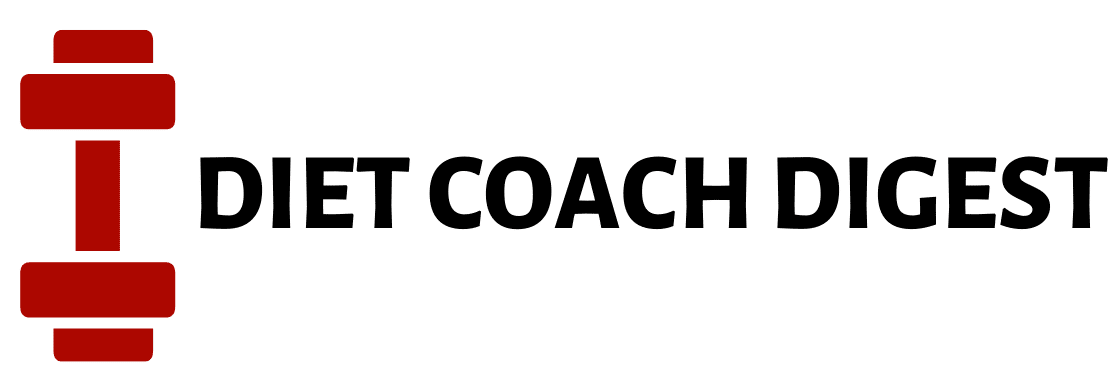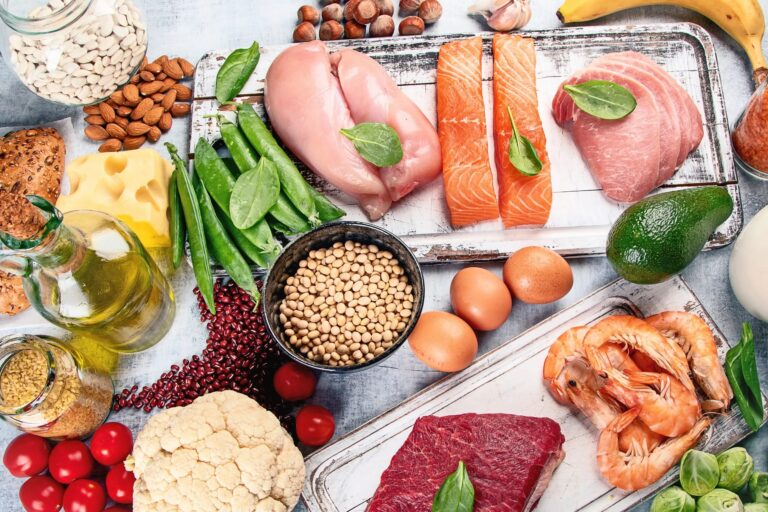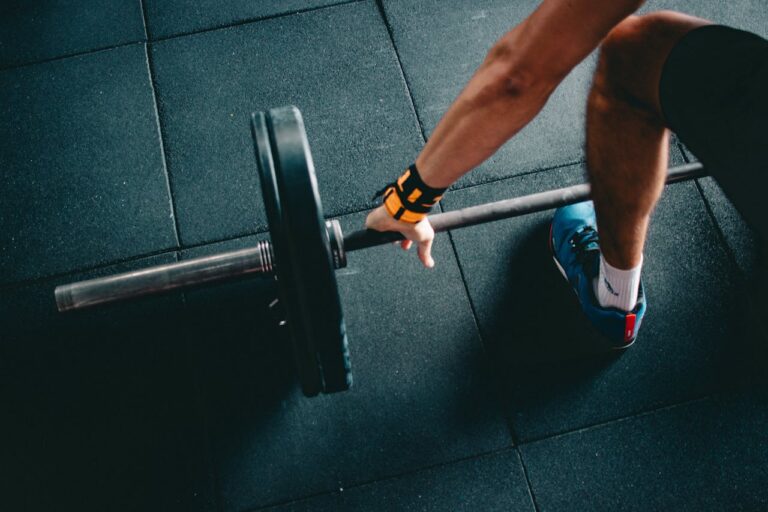The Ultimate Beginner’s Guide to the Keto Diet
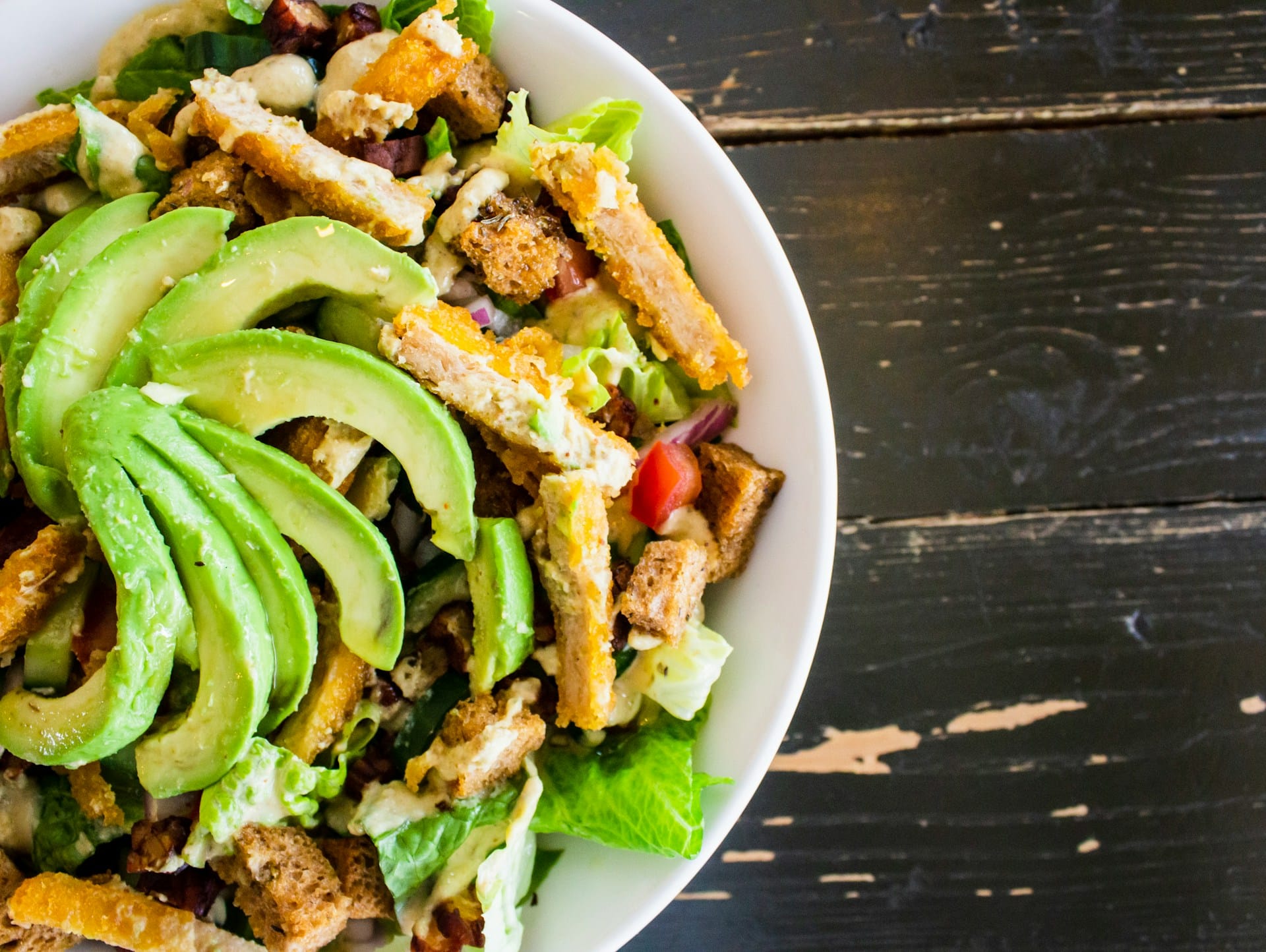
- Should You Train To Muscle Failure Every Set? What You Need To Know - March 4, 2025
- Nutrition in a Hurry: Top Post-Workout Snacks for Active People - February 20, 2025
- 15 Healthy Meal Prep Recipes: Your Weight Loss Made Easy - February 18, 2025
Diving into “The Ultimate Beginner’s Guide to the Keto Diet,” you’ll uncover a wealth of knowledge to take the first steps toward achieving your health and wellness goals. This guide will walk you through the fundamental principles of the keto diet, layout essential tips for successful meal planning, and provide you with practical advice to navigate potential challenges. Whether you’re curious about how to balance your macros or eager to discover delicious, low-carb recipes, this friendly and comprehensive resource has got you covered. Embrace a new, healthier lifestyle with confidence and ease as you embark on your keto journey. Have you ever wondered what the buzz around the keto diet is all about? You may have heard friends, family, or even celebrities raving about their weight loss results and newfound energy. But what exactly is the keto diet, and how does it work?
In this friendly and comprehensive guide, we’re going to delve into everything you need to know about the keto diet so you can decide if it’s the right path for you. Let’s get started on your keto journey!
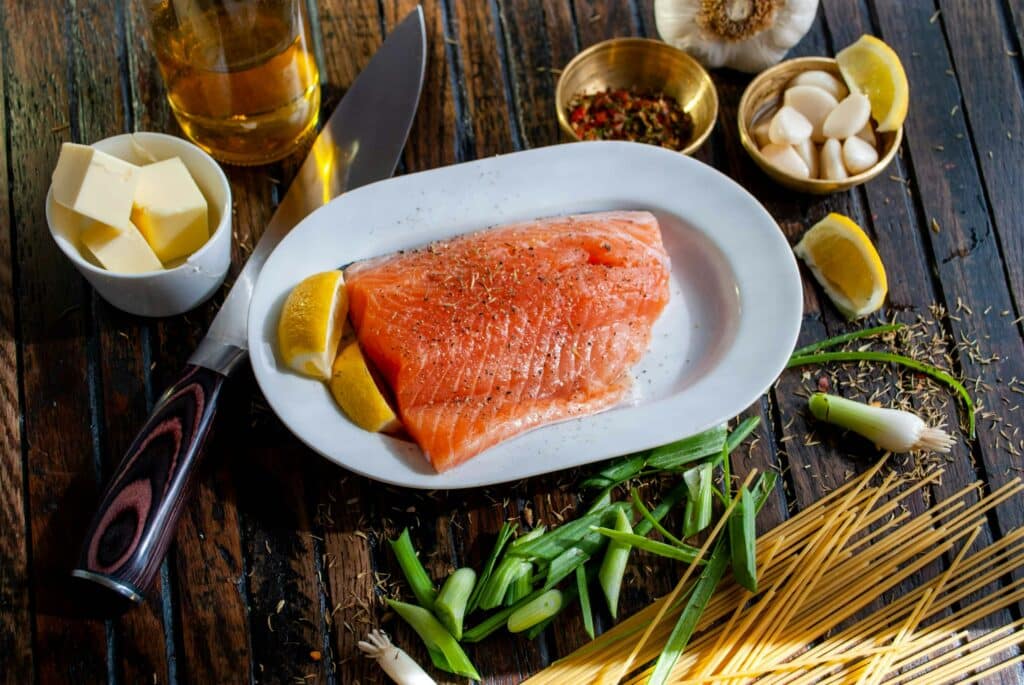
What is the Keto Diet?
Definition
The ketogenic diet, commonly known as the keto diet, is a low-carb, high-fat diet designed to shift your metabolism into a state of ketosis. Ketosis occurs when your body runs out of glucose (sugar) to use for energy and instead starts breaking down fat into ketones, which it uses as an alternative energy source.
Basic Principles
The core principle of the keto diet involves drastically reducing your carbohydrate intake and replacing it with fats. This reduction in carbs induces a metabolic state known as ketosis. Here’s a rough breakdown of the macronutrient ratio:
- Carbohydrates: 5-10% of total daily calories
- Fat: 70-75% of total daily calories
- Protein: 20-25% of total daily calories
How Does the Keto Diet Work?
The Science Behind Ketosis
When you consume less than 50 grams of carbs per day, your body’s glycogen stores are depleted in about 2-4 days. Once this happens, your body begins to break down fat for energy, leading to the production of ketones in the liver. These ketones then become the primary fuel source for your body and brain, instead of glucose.
Benefits of Ketosis
People adopt the keto diet not only for weight loss but also for various other health benefits. Some of these include:
- Enhanced Mental Clarity: Many people report improved focus and mental performance in ketosis.
- Increased Energy Levels: Shifting to fat as a primary fuel source can provide more stable energy throughout the day.
- Appetite Suppression: Ketones may play a role in reducing your appetite, making it easier to consume fewer calories.
Getting Started on Keto
Setting Your Goals
Before diving in, it’s crucial to set clear and achievable goals. Are you looking to lose weight, improve mental clarity, or manage a medical condition? Understanding your primary reason will help you stay motivated and focused.
Macronutrient Calculations
Knowing your daily macronutrient needs is key to succeeding on keto. Here’s a simple guide to get you started:
| Macronutrient | Percentage | Example for 2000-Calorie Diet |
|---|---|---|
| Carbs | 5-10% | 25-50 grams |
| Fat | 70-75% | 155-166 grams |
| Protein | 20-25% | 100-125 grams |
Keto-Friendly Foods
To make things a bit easier for you, here’s a list of foods you can include in your keto diet:
High-Fat Foods
- Avocados: Rich in healthy fats and fiber.
- Oils: Olive oil, coconut oil, and butter.
- Nuts and Seeds: Almonds, chia seeds, and flaxseeds.
- Fatty Fish: Salmon, trout, and sardines.
Low-Carb Vegetables
- Leafy Greens: Spinach, kale, and arugula.
- Cruciferous Veggies: Broccoli, cauliflower, and Brussels sprouts.
Proteins
- Meat: Beef, pork, and lamb.
- Poultry: Chicken and turkey.
- Eggs: High in protein and versatile.
Foods to Avoid
On the flip side, here’s a quick list of foods to avoid:
- Sugary Foods: Cakes, candies, and soda.
- Grains and Starches: Bread, pasta, and rice.
- High-Carb Fruits: Bananas, apples, and oranges.
- Legumes: Beans, lentils, and chickpeas.
Meal Planning
Meal planning is an essential step for keto success. Focus on creating balanced meals that include healthy fats, moderate proteins, and low-carb vegetables. Here’s a simple sample meal plan:
| Meal | Example |
|---|---|
| Breakfast | Scrambled eggs with avocado |
| Snack | Almonds |
| Lunch | Grilled chicken salad with olive oil |
| Snack | Cheese sticks |
| Dinner | Baked salmon with cauliflower rice |
Common Challenges and Solutions
Keto Flu
When you first start keto, you may experience a set of symptoms known as the “keto flu.” These can include headaches, fatigue, and irritability. This happens as your body adapts to ketosis.
How to Combat Keto Flu
- Stay Hydrated: Drink plenty of water.
- Electrolytes: Increase your intake of salt, potassium, and magnesium.
- Gradual Transition: Slowly reduce your carb intake over a week instead of all at once.
Social Challenges
Eating out or attending social gatherings can be tricky. But don’t worry, you can still enjoy these moments without breaking your diet.
Tips for Social Situations
- Research Menus: Check the restaurant menu in advance.
- Bring Your Own Food: For potlucks and parties, bring a keto-friendly dish.
- Communicate: Let your friends and family know about your dietary restrictions.
Cravings and Temptations
Cravings for your favorite high-carb foods can be tempting, but perseverance is key.
How to Handle Cravings
- Keto Alternatives: Look for keto-friendly versions of your favorite foods.
- Stay Busy: Keeping yourself occupied can distract you from cravings.
- Hydration: Often, thirst is mistaken for hunger.
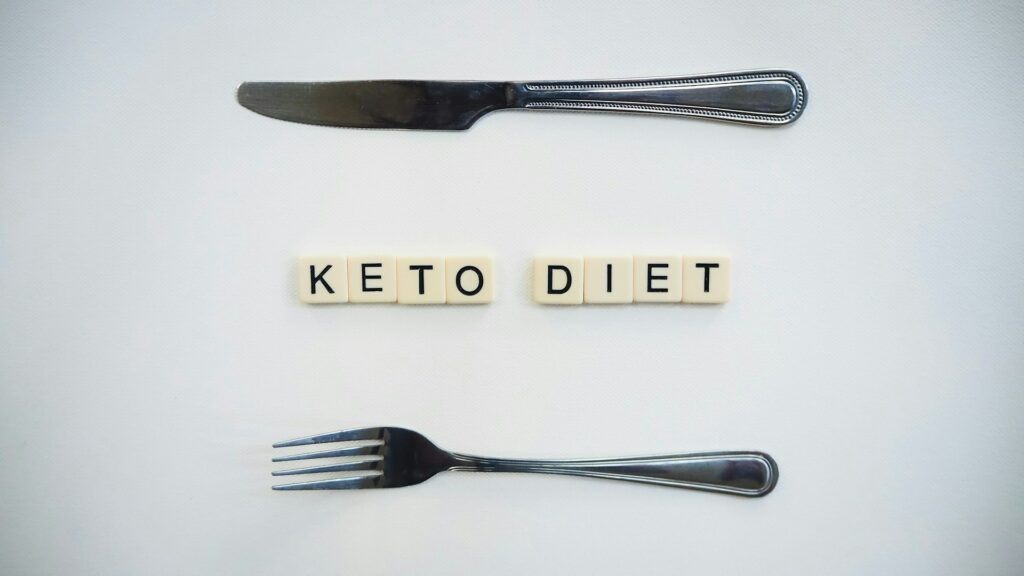
Monitoring Your Progress
Ketone Measurement
To ensure you’re in ketosis, you can measure your ketone levels through various methods:
- Urine Strips: Affordable but less accurate over time.
- Blood Ketone Meters: Highly accurate but more expensive.
- Breath Ketone Meters: Non-invasive but moderately accurate.
Tracking Your Macros
Using an app to track your carb, fat, and protein intake can help you stay on top of your diet. Popular apps like MyFitnessPal, Carb Manager, and Cronometer can make this task more manageable.
Adjusting Your Diet
Sometimes you might need to make adjustments to your diet based on your progress and how you feel. If you’re feeling lethargic or not seeing results, you might need to tweak your macronutrient ratios or caloric intake.
Special Considerations
Medical Conditions
Always consult a healthcare professional before starting any new diet, especially if you have pre-existing medical conditions like diabetes or kidney issues.
Supplements
While the keto diet can be highly nutritious, there are some supplements that can help fill in any gaps:
- Magnesium: To prevent deficiencies and leg cramps.
- Omega-3 Fatty Acids: For heart health.
- Electrolytes: To maintain balance, especially during the initial stages.
Exercise on Keto
Your exercise routine might need some adjustments when you switch to a keto diet.
Types of Exercise
- Low-Intensity Steady State (LISS): Walking, swimming, or cycling.
- High-Intensity Interval Training (HIIT): Short bursts of high-intensity workouts.
- Strength Training: Weightlifting or resistance bands.
Timing Your Meals
You may find that eating a small, keto-friendly meal or snack before your workout helps maintain your energy levels.
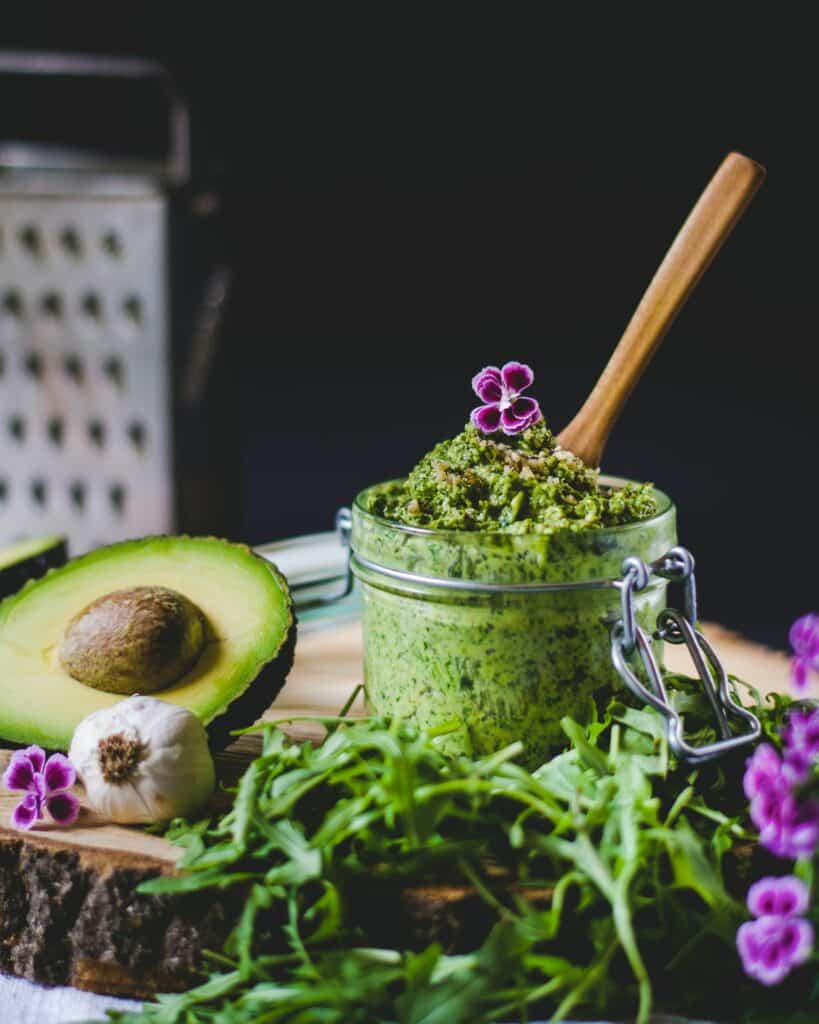
Long-Term Considerations
Sustainability
The keto diet can be restrictive, so thinking about long-term sustainability is important. Some people transition to a cyclical keto diet (CKD) or a targeted keto diet (TKD) after reaching their initial goals to enjoy more flexibility.
Potential Side Effects
Like any diet, the keto diet does come with potential side effects, such as nutrient deficiencies or an increase in bad cholesterol levels. Regular check-ups with your healthcare provider can help you monitor these risks.
Mental Health
Maintaining a healthy mental state is crucial. Stay positive and don’t be too hard on yourself if you slip up. Consistency is more important than perfection.
Conclusion
Embarking on the keto diet can be a transformative experience, filled with numerous health benefits and improved well-being. By understanding the basics, setting achievable goals, and navigating challenges with informed strategies, you can set yourself up for success.
So, are you ready to dive into the world of keto and unlock its potential for a healthier, more energetic you? The journey might be challenging, but with the right knowledge and mindset, you’re well-equipped to make it a rewarding one. Happy keto eating!
Table of Contents
